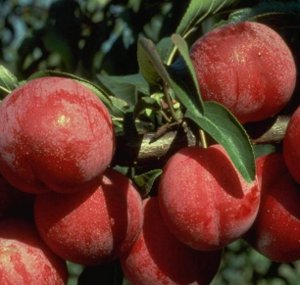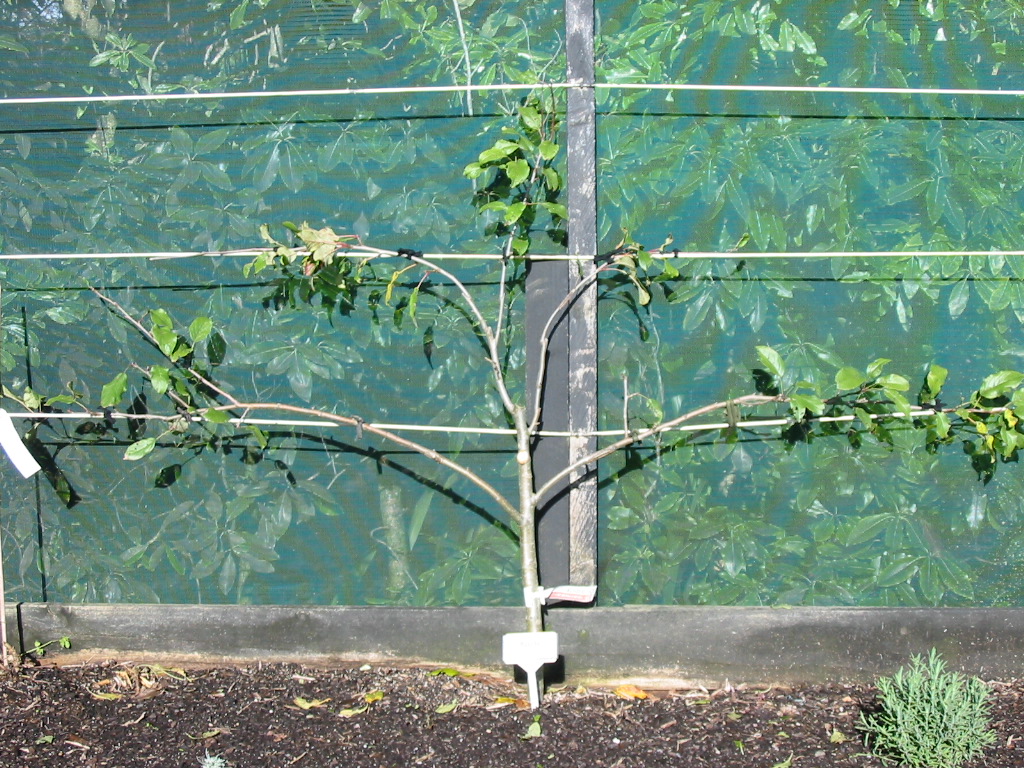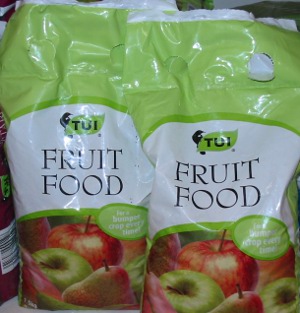|
Getting started
Winter is the optimum time to plant your stone fruit trees as they are dormant during winter.
There are numerous varieties to choose from and many new and exciting crosses like the Peachcot which is a cross between a peach and apricot. With the demand for small growing stone fruit, many dwarf varieties have been bred which are perfect when space is limited. Many dual grafted varieties are also available meaning you get two different fruit varieties on the one tree.
- Apricots: All apricots are self fertile and there are a few varieties which will do well in your garden. Apricot Fitzroy was bred in Fitzroy so it is better suited to coastal gardens and Aprigold is a dwarf variety which is perfect for thesmall garden.
- Nectarines: There are dwarf varieties for the small garden, free-stone varieties and different tastes and textures so suiit every taste bud.
- Peaches: Like nectarines there are also different varieties, including dwarf which will be perfect for your garden. For something a bit different, try the Black Boy Peach which has a port wine coloured skin and red flesh.
- Plums: There are many different varieties of plums available, from eating and cooking to prune plums. Most plums require a pollinator in order to fruit, though Plum Hawera which was bred in Taranaki to handle our conditions is self fertile meaning you only need the one tree.
- Peacherine: A nectarine/peach cross
- Peachcot: A peach/apricot cross
- Plumcot: A plum/apricot cross with an apricot colour.
Where to plant
Fruit trees are best planted in an open sunny area protected from strong winds.
Fruit trees can be traditionally planted in an orchard, or anywhere in your garden. For the small garden either espalier your fruit trees, or plant dwarf varieties. Espalier is a form of training a tree to grow along a fence, which keeps the tree small but does not compromise fruit production.
How to plant
When planting, dig a hole that is big enough for all the roots, but make sure the graft is above the ground. Put a large handful of sheep pellets in the hole as you plant your fruit tree. For trees out in your garden it would also be best to stake the tree at the time of planting. Firm the soil around the tree with your feet and water in well.
Espalier training
- All stone fruit should be espaliered in the shape of a fan as seen in the picture to the right.
- You can espalier your fruit trees along a fence or wall.
- In spring, cut the leader back to where you want the lowest set of branches to form, this is where the tree will branch out from.
- Secure the 3 strongest branches to your wires in a fan shape.
- The fruiting spurs will come off these branches.
Pruning
Stone fruit should be pruned in summer into a vase shape by cutting out the central leader as shown in the diagram below. This allows light into the tree which enhances fruit production. After this, maintenance pruning in Summer is all that is required to keep the vase shape. Just prune out branches crossing over each other.
Tending
- Trees will need to be watered during dry periods.
- Use a compost as a mulch around the base of the tree, but don't mound up around the tree trunk. This will help water retention.
- In Spring and Autumn apply a Fruit Food around the drip line and water in.
Plant protection
Preventing pests and diseases from attacking your fruit trees is always better than trying to cure them. Follow our spray guide below for pest and disease prevention.
- Leaf curl and brown rot are the two major diseases which can harm your stone fruit trees.
- Leaf curl is a fungal disease which is a problem during spring when the weather is cool and wet. The infected leaves become swollen, thickened and distorted. The leaves may be light green or reddish in colour. Champ Copper will deal with this problem.
- Brown rot affects all stone fruit, on twigs, blossoms and fruit. On fruit, brown patches appear.
- Mites, scale and aphids may also cause problems, but by following our spray program, these pests should be avoided.
| Season |
Products |
| Autumn: At leaf fall |
Yates Champ Copper at double strength |
| Winter: When dormant |
Champ Copper with Conqueror Oil |
|
Spring: Green tip
Fruit set
|
Champ Copper followed by another application 10 days later
Greenguard plus Mavrik
|
| Summer: Every 3 weeks |
Yates Success Naturalyte with Champ Copper.
Alternate application of Mavrik plus Greenguard.
Apply every three weeks till harvest.
|
Harvesting
Stone fruit come ripe during the summer months. Early varieties ripen in December while the late varieties become ripe in February and March. Harvest when ripe, or before the birds get them!
|
|
          |










